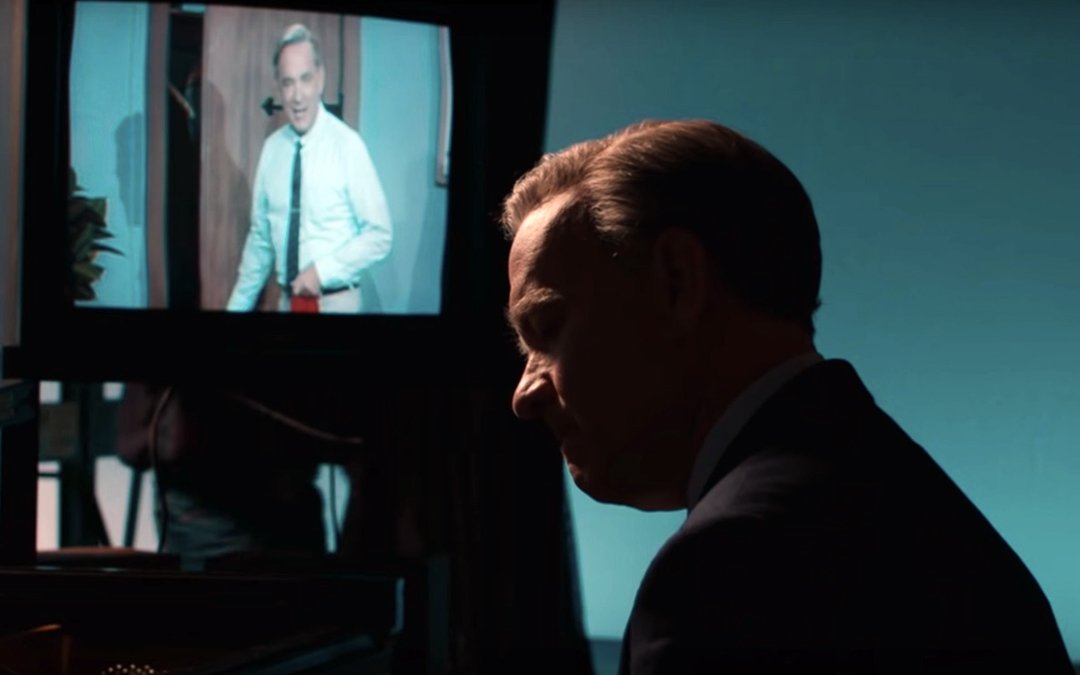All the Write Moves: 'El Camino: A Breaking Bad Movie'
October 28, 2019
A made-for-streaming feature that resolves a subplot from a beloved TV series might seem an unlikely subject for study in this space, since precious few writers will ever be in the same position as Vince Gilligan. Gilligan wrote El Camino: A Breaking Bad Movie to celebrate the tenth anniversary of the series from which it is extrapolated.
Viewed from a certain perspective, however, all screenwriters share one thing with Gilligan: they try to give their characters lives that extend beyond what is shown onscreen. The backstory that El Camino protagonist Jesse Pinkman (Aaron Paul) brings to El Camino is an exaggerated version of the backstory that should accompany, overtly or by implication, all well-developed characters.
Although the following remarks will also touch on storytelling techniques that have become hallmarks of the extended Breaking Bad universe (which includes the spinoff series Better Call Saul), special consideration will be given to the idea of connecting a character’s present-day actions to prior experiences. And in fact, that’s just how El Camino begins . . .
Unhappily Ever After
In the final episode of Breaking Bad, series protagonist Walter White (Bryan Cranston) frees Jesse from captivity after months during which criminals forced Jesse to cook meth for them. Jesse flees his makeshift prison in an El Camino (the source of the new movie’s title), and the last time audiences saw him, Jesse was cycling through a range of overwhelming emotions as he drove into the great unknown of his future. El Camino sets out to answer the myriad of questions raised by this ambiguous imagery.
Gilligan begins Jesse’s El Camino journey in a powerful place, dramatically speaking. Jesse is simultaneously at his highest point, having survived a brutal ordeal, and his lowest point, inasmuch as he is a fugitive from the law because of his association with Walter’s criminal endeavors. Therefore, El Camino begins at a moment of choice: Does Jesse surrender to authorities and face the consequences of his actions, or does he try to begin life anew?
Gilligan follows the latter path, scripting El Camino as a getaway story. But because Gilligan is a thoughtful dramatist, he manifests the idea of escape on two levels. Literally, Jesse tries to make his way from New Mexico (the setting of Breaking Bad) to someplace where he won’t be recognized. Figurately, he tries to put distance between himself and the memories of horrible things he’s seen and done. This narrative approach allows Gilligan to organically juxtapose the “present-day” scenes of El Camino with flashbacks that add dimension to events and situations fans have previously seen.
The sum effect of this interplay between past and present—a device Gilligan has used many times in the Breaking Bad universe—is that El Camino gives viewers a fresh perspective on Jesse’s emotional landscape. At several points in El Camino, Jesse strives to avoid committing violence against others, even though he seems resigned to his fate whenever his own death seems imminent. What forms is a complex picture of a man who has grown to value the lives of others more than his own life—even though he somehow retains the faint hope that he can rewrite his story, hence his efforts to escape New Mexico.
It is only by connecting Jesse’s life as a fugitive to his life as a prisoner that Gilligan is able to make these broad thematic connections. The clear lesson for other writers is this: the better you know your characters, the better you can dramatize parallels between different phases of their lives.
Takeaway: A character’s life beyond the screen is just as important as what the character does on camera.
Taking the Long Way
Another signature move within the Breaking Bad universe is the slow burn setup. Think of all the times an episode opened with an image whose significance didn’t come into focus until either the end of the episode—or even several episodes later. And those are just the extreme long-lead setups. Just as common within the franchise is the scene introduction featuring a mysterious image that doesn’t gain explanatory context until the end of the scene. These slow burn setups pervade El Camino.
In a lengthy flashback sequence, Jesse is taken from his cage by Todd Alquist (Jesse Plemons), familiar to Breaking Bad viewers as the most sociopathic of Jesse’s captors. After setting ground rules to prevent Jesse from trying to run away, Todd says that he needs Jesse’s help with a task. He doesn’t give details.
What follows is a typical Gilligan slow burn during which the exact nature of the task is withheld from the audience for scene after scene after scene. There’s even a clever fakeout partway through, because Jesse helps Todd with a two-person job involving Todd’s car, which we assume was the task under discussion. It was not. When Gilligan finally reveals what Todd actually wants Jesse to help him do, the revelation demonstrates that no matter how Jesse has fallen from morality, there is still further to fall.
While the specifics of this sequence have been obscured so as to preserve the viewing experience, the underlying point should be clear; Gilligan’s signature slow burns work not just because they represent thrilling sleight of hand, but because they inevitably have emotional implications. Gilligan rarely makes us wait for something as disposable as a clever turn. Instead, he gradually and methodically raises our interest until satisfying our curiosity with a gut punch.
Takeaway: The longer you extend a mystery across screen time, the better the payoff should be when it finally arrives.
The Professional
Because every iteration of the Breaking Bad universe involves criminality, Gilligan long ago realized, quite wisely, that telling stories in this milieu requires presenting a variety of criminal personalities. Ever since the first episode debuted in 2008, the franchise has showcased everything from coldly logical crooks to unhinged psychopaths. Accordingly, one of the most intriguing sequences in El Camino features a stone-cold professional.
Introduced in the last season of Breaking Bad, Ed Galbraith (Robert Forster) is a vacuum salesman who moonlights as a specialist in helping criminals disappear via new identity creation. Jesse became aware of Ed’s existence during the events of Breaking Bad, so in El Camino, he tracks Ed down and solicits the man’s very expensive services.
We, the audience, spend some time with Ed before Jesse arrives. During this quiet stretch of storytelling, Ed comes across like a kindhearted uncle by helping a senior-citizen customer overcome sticker shock. For viewers who immediately recall Ed’s prior appearance, the scene with the customer allows for a jolt of nostalgia to run its course before Jesse arrives. For viewers who don’t immediately recall the prior appearance, the scene creates another slow-burn mystery. And for both types of viewers, the scene conveys useful information about the character: Ed knows how to handle people.
Therefore, once Jesse arrives with a bundle of money—and a bundle of anxiety—it makes perfect sense that Ed responds calmly even while he refuses to help Jesse. Throughout their negotiation, Ed counters Jesse’s hot-blooded desperation with courtesy, logic and rules. Counterintuitively, this makes him the biggest obstacle that Jesse faces in El Camino. Whereas gun-toting thugs can hypothetically be defeated through ingenuity and/or violence, a reasonable professional who won’t budge on price is another matter entirely. And if you need more proof of Ed’s quiet power, note that his resistance is what spins Jesse into the circumstances of El Camino’s suspenseful finale.
Takeaway: Writing against the expectations of character types leads to the creation of unique roles.
Written by: Peter Hanson
Peter Hanson is a Los Angeles-based writer, filmmaker and teacher. He directed the screenwriting documentary Tales from the Script, and he teaches at Pepperdine University and UCLA Extension. He provides script consulting at www.GrandRiverFilms.com.- Topics:
- Discussing TV & Film




